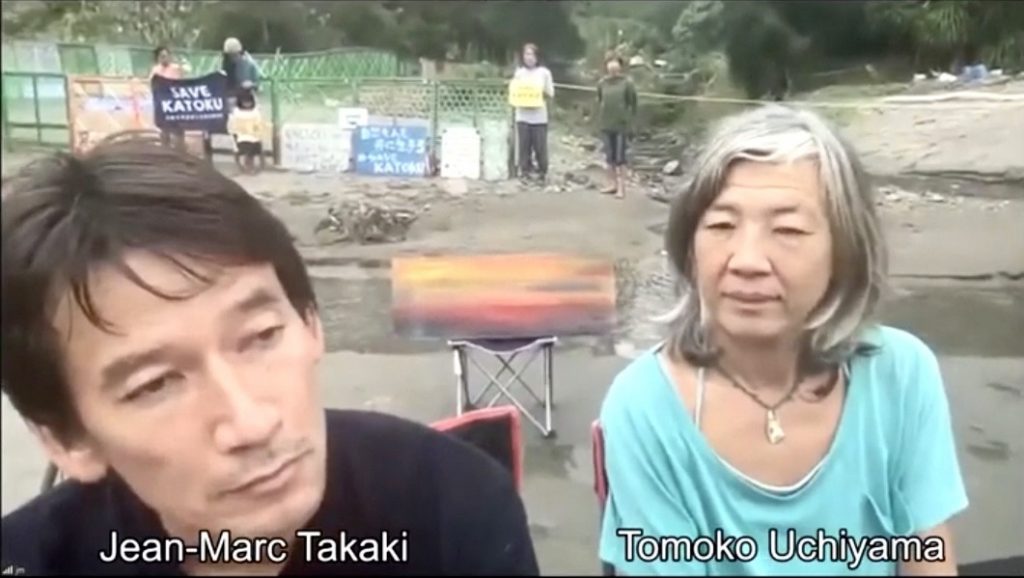
- ARAB NEWS
- 09 Jul 2025

Arab News Japan
TOKYO: A battle is raging on a UNESCO World Heritage site to save one of Japan’s last beach hamlets from environmental destruction.
Katoku Beach on Amami-Oshima island, southern Japan, has natural dunes and a free-flowing river that runs across the beach, but the government is attempting to install a concrete barrier to “prevent erosion.”
The construction company charged with building a 6.5 meter-high seawall recently moved bulldozers onto the site despite peaceful resistance and sit-ins by local residents seeking a review of the construction project.
Katoku Beach has the only record of a leatherback sea turtle spawning in Japan, and the area hosts critically endangered fauna.
Activists opposed to the construction say the government’s calculations of erosion are wrong and the concrete barrier will irreparably damage the heritage of the area, which goes against the aims of World Heritage whose recommendations include the following: “States Parties should ensure that biological and cultural diversity, as well as ecosystem services and benefits for people that contribute to environmental sustainability, are protected and enhanced with World Heritage properties.”
“There are a lot of violations of the World Heritage Convention,” French-Japanese activist Jean-Marc Takaki said.
“The way this project is proceeding violates a lot of rules. The condition upon which this island was registered as a World Heritage site was that they wouldn’t touch the river, but the prefecture has refused to negotiate or engage in talks.”
Takaki points out that the natural dune at the beach is higher than the barrier Kagoshima Prefecture plans to construct. “The barrier will not protect against a tsunami or high waves because the dune already has that function,” he says.
Takaki says that since the massive tsunami in 2011 that hit northeast Japan, construction companies have had a massive boost as they are tasked with constructing concrete seawalls, supposedly to protect communities. People in those communities get jobs with the construction companies and are reticent to oppose the construction work. One supporter was physically attacked and Takaki was threatened by a construction worker who brandished a sickle.
As a World Heritage site and place of natural beauty, Amami-Oshima is a popular tourist destination, but Takaki thinks the destruction of its attractions could have a negative effect on its popularity.
“I don’t think this would be happening if (the authorities) understood the value that these kinds of places have,” he said. “I think they will destroy a lot more before they realize they have lost everything.”
Takaki is fighting the case in the courts but acknowledges the odds are stacked against him.